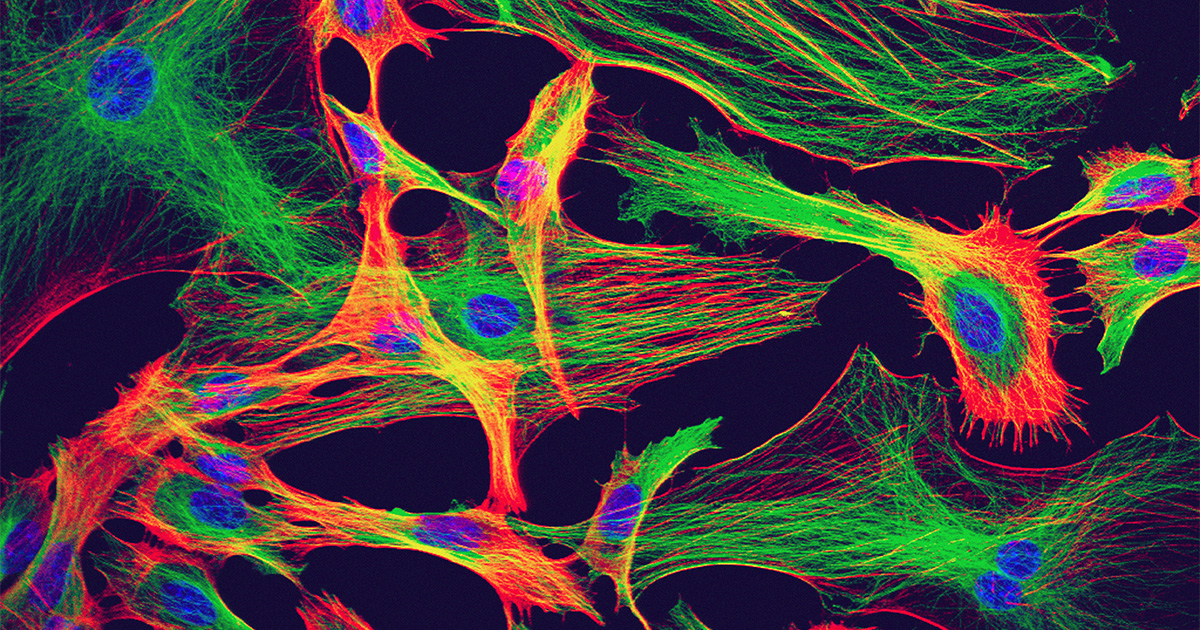The claim here is that we ignored hte cellular ocean in which neurons are embedded. Thaty cannot be true. Yet this as much as claims a quick glance has changed all that.
So of course the cells do something.. Recall our power grid whi0ch take something produced by a big machine and distributes it far and wide to effect.
Neurons seem to have a terribly specific task. Yet who takes care of be3verything else?
We live in an age in which a group of folks are discovering the earth may not be flat.
Why Non-Neuron Brain Cells Are Sparking Excitement
By YASEMIN SAPLAKOGLU
https://mailchi.mp/simonsfoundation/why-classical-computers-can-still-win-quantum-contests-2492358?
Impressive and flashy as information processors, neurons are the stars of our brain’s cognitive pageant. The electrical signals they send to one another form our thoughts, store our memories and keep our bodies running. But neurons aren’t the only cells that make up the nervous system. In fact, there are a roughly equal number of glia, a catchall name for all the nervous system cells that aren’t neurons.
When they were first discovered in the 19th century, glia were seen as just the “glue” between neurons. Saddled with that labeling, for much of the 20th century glia were largely thought to be unremarkable. They were viewed as minor players that just helped maintain neurons.
However, as scientific technologies and tools have improved over the past few decades, neuroscientists have increasingly recognized that glia play more active roles in the brain, even in cognitive processes. They process memories and aid the immune system in detecting threats, among other functions. There is even evidence that some glia stimulate electrical signals like neurons do. As a result, researchers are starting to consider them targets for medicines to treat problems in the nervous system.
As neuroscientists unravel the extraordinary diversity of glial cells, some are weighing whether the field should shed the all-encompassing name “glia,” as Quanta reported in 2020. Better defining these overlooked cells will continue to be a focus of neuroscience research in the coming decade. Far from unremarkable, glia are having a moment.
What’s New and Noteworthy
In the brain, disease, injury or aging can lead astrocytes — the most abundant glial cell type — to damage neurons. Harmful astrocytes, for example, have been discovered in the tissues of patients with neurodegenerative diseases such as Alzheimer’s and Parkinson’s. This finding has led some researchers to look into targeting the astrocytes as a form of disease treatment that’s been dubbed “gliotherapeutics.”
Those medical applications wouldn’t apply only to the brain. Just as the status of glia in the central nervous system has risen, glia in the gut are also being reevaluated. The enteric nervous system, the body’s “second brain,” is a bundle of nerves that weaves through the intestinal walls to help the body digest food. And scientists are discovering that there, just as in the brain, glia play critical roles.
Enteric glia sit at the interface of many types of tissues and perform diverse tasks — from the digestion and absorption of nutrients to the regulation of blood flow and immune responses. For example, as I previously reported for Quanta, a subset of glial cells is responsible for sensing food as it moves through the digestive tract and signaling gut tissue to contract and move it along. When things go wrong with gut glia, problems arise. Dysfunctional glia have been linked to gut ailments, including chronic autoimmune disorders and inflammatory bowel diseases. To rising numbers of researchers, that makes the cells a good target for medications that might help to alleviate pain and symptoms related to inflammatory digestive disorders.

No comments:
Post a Comment